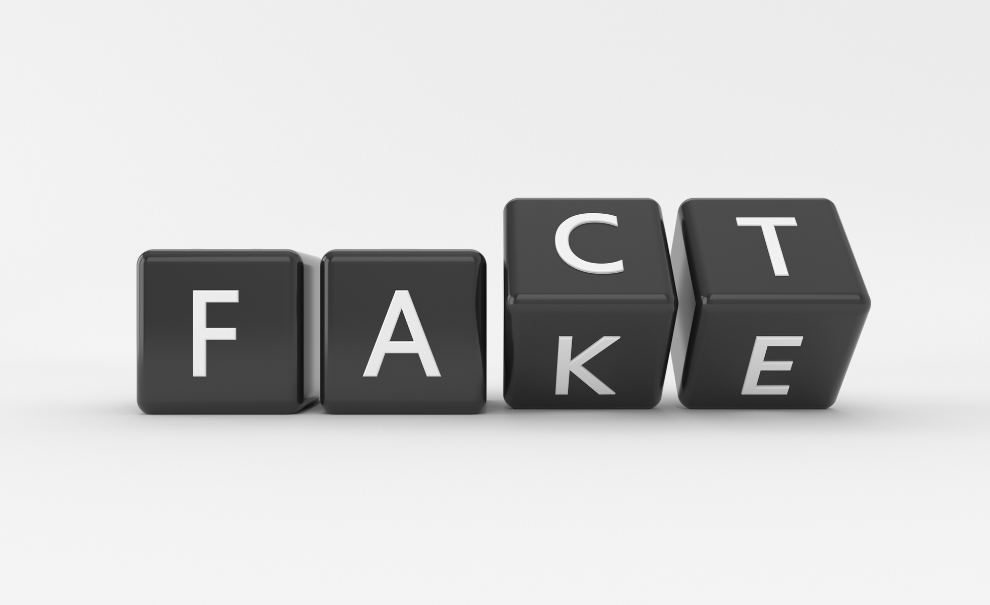Westerly Sun Column | Fact-Checking is Not a New Practice
January 21, 2025

The term “fact-checking” is relatively new, dating back to the late 1930’s when an ad for TIME magazine noted the expansion of “its researchers and fact-checkers from ten to twenty-two”. The concept of fact-checking, though – of verifying and corroborating information – is not new at all. Unfortunately, it’s not always easy. The information we get from traditional media can be biased, social media has made it simple to spread misinformation/disinformation far and wide, and advances in AI make it easy to create fake content that look and feel very real. Because of this, it’s more important than ever that folks approach all information with a critical eye. But, how?
It’s not a simple question (nor an easy answer), but practicing media literacy skills can help. In today’s digital landscape, we’re constantly bombarded by information and messages in all formats, and media literacy is the practice of analyzing and evaluating those messages. There are a million ways to do this, but here are a few to get you started:
Consider the source. All news sources have bias, some to a greater degree than others. While reading, look at the news source itself: What is their mission? Where do they get funding? Do they have an agenda? Do they employ fact checkers? Do they openly distinguish opinion pieces from reporting? All of these are important questions.
Look for red flags. Typos, poor grammar, and strange formatting on a webpage or news story could be an indication that it is less than trustworthy. You should also be able to tell where the information is coming from. Lack of information on author, publication, and the date of an article/information is a bad sign as well.
Check the date. Especially on social media, new stories that happened months or even years ago can circulate, presented as current events. Always check to ensure it is timely.
Lateral reading. This refers to the act of comparing the information from one source to that of others. Does this story/information appear elsewhere? How reliable are those sources, and how does the story compare? You can also consult fact-checking websites such as factcheck.org and polifact.com.
Another important bit of advice is to simply stop for a second, and think about what you are seeing/reading. Does it seem at first glance to be too good, or too crazy to be true? Does it seem sensationalized? Is the story presented in a way that elicits a visceral response, or plays on your emotions? These signs don’t necessarily mean that the information ISN’T true, but it would certainly be worth proceeding with caution. If your gut tells you something is off, it’s worth investigating deeper.
Battling misinformation is something all of us are now responsible for, whether we like it or not. Back in the 1930’s, the TIME magazine fact checkers spent a lot of time in the library, which you’re still welcome and encouraged to do! We’re always happy to help review sources, do our best to verify information, or point you in the direction of books that can help you out.
by Cassie Skobrak, Adult Services Librarian








